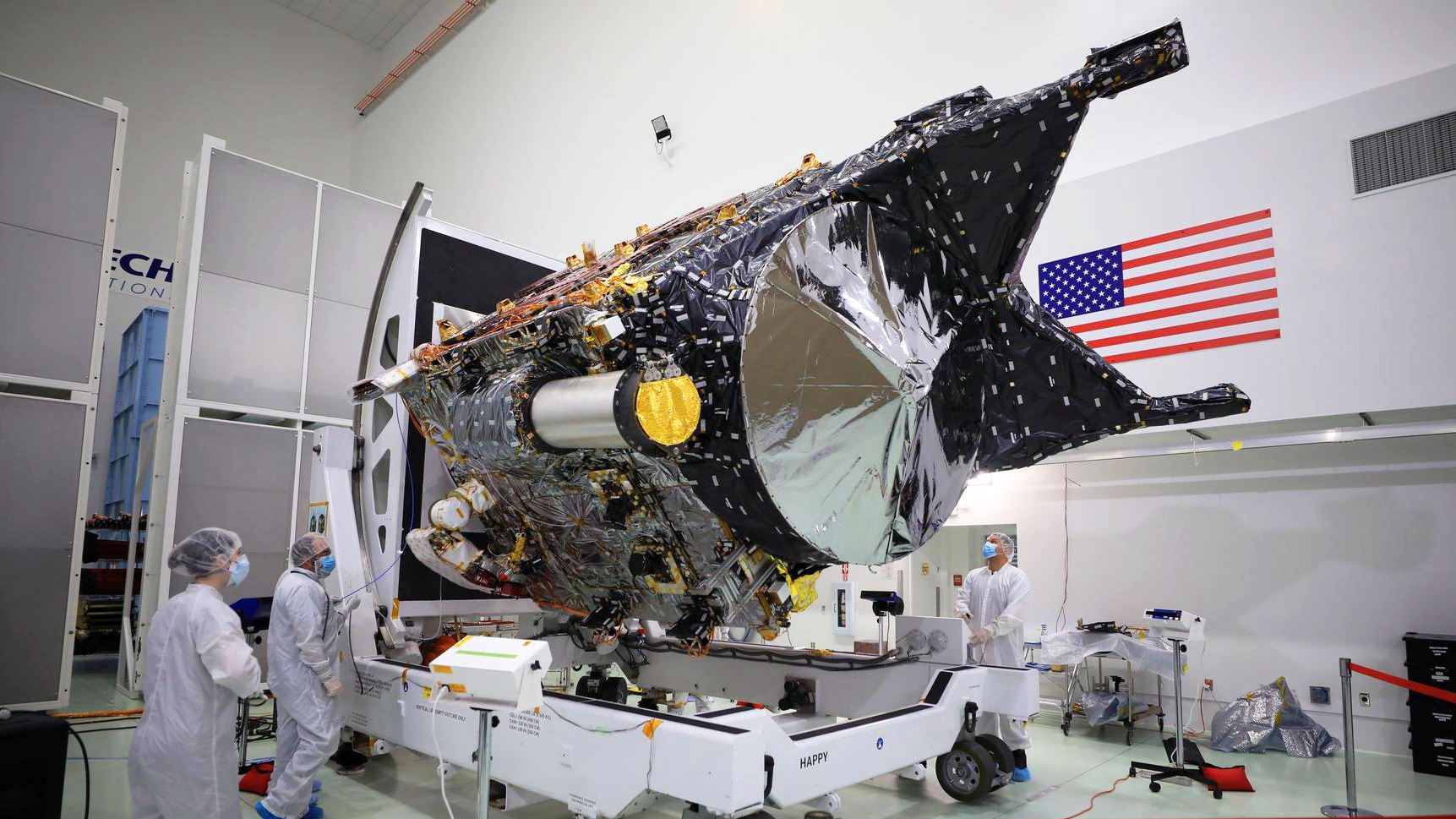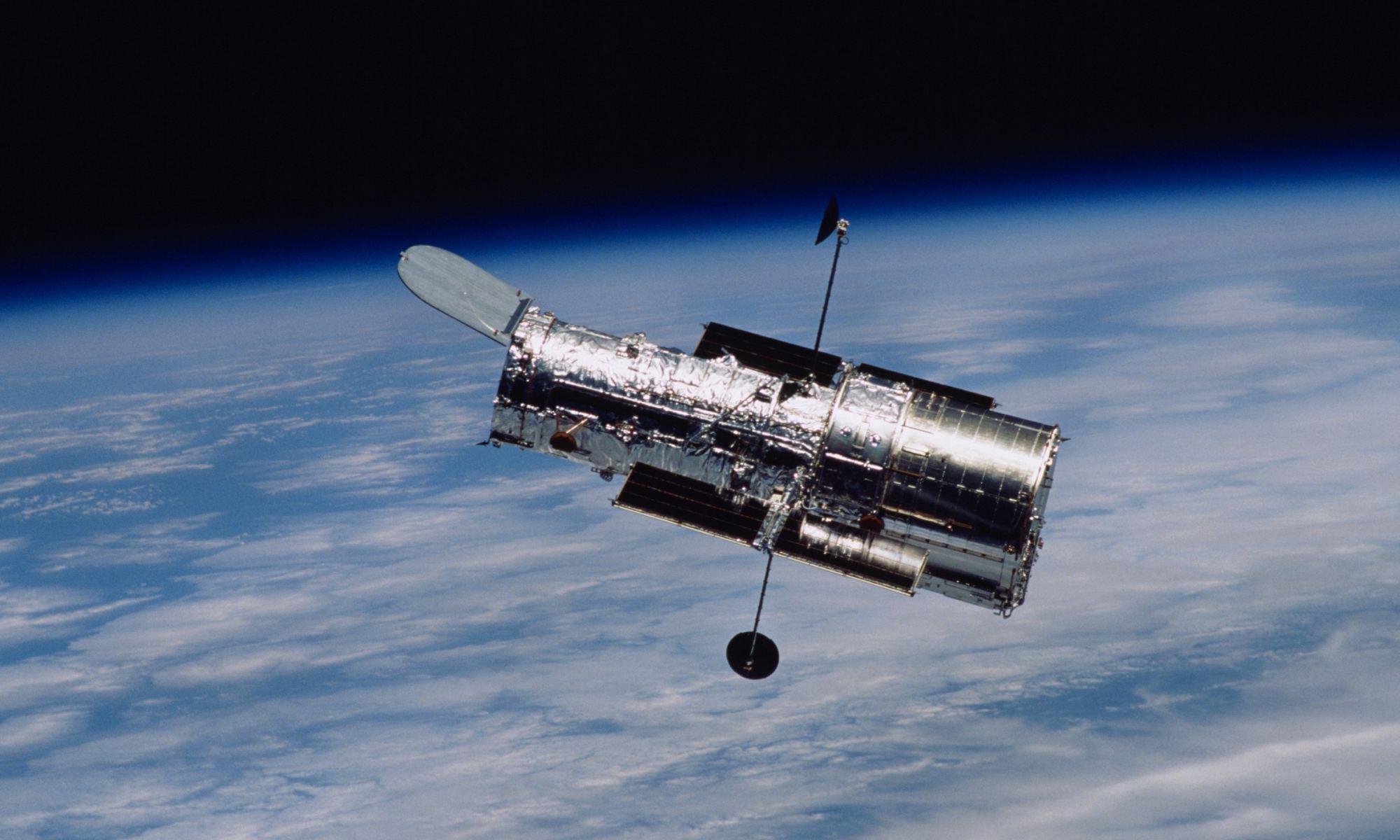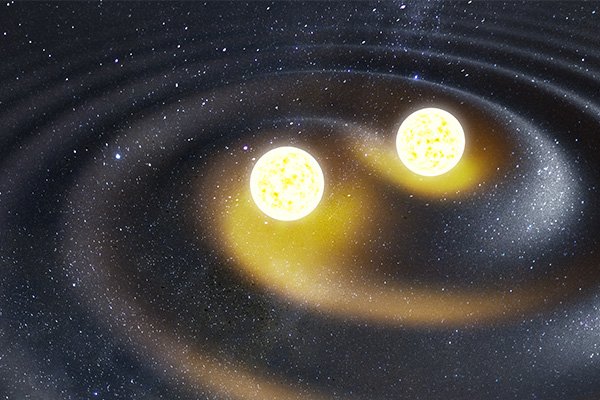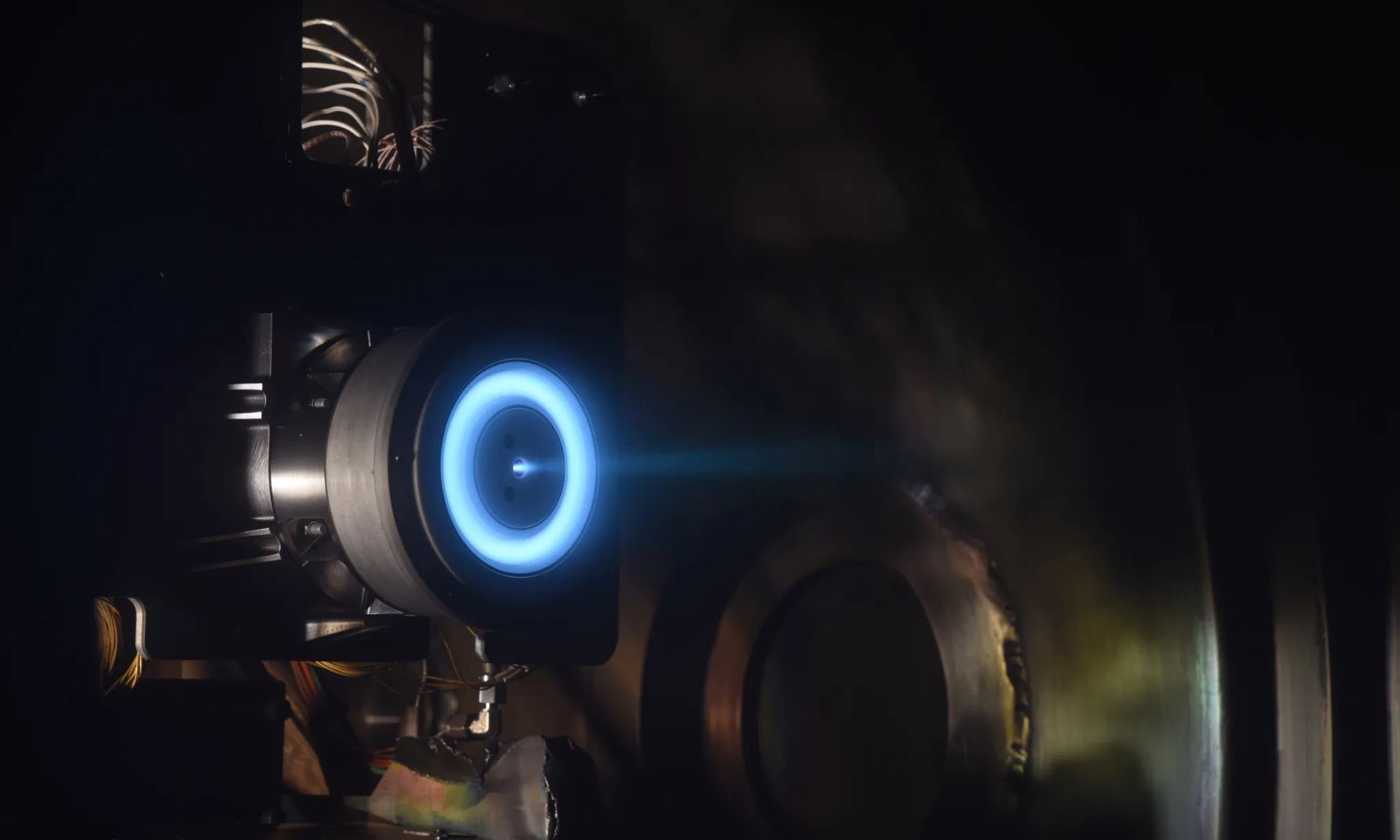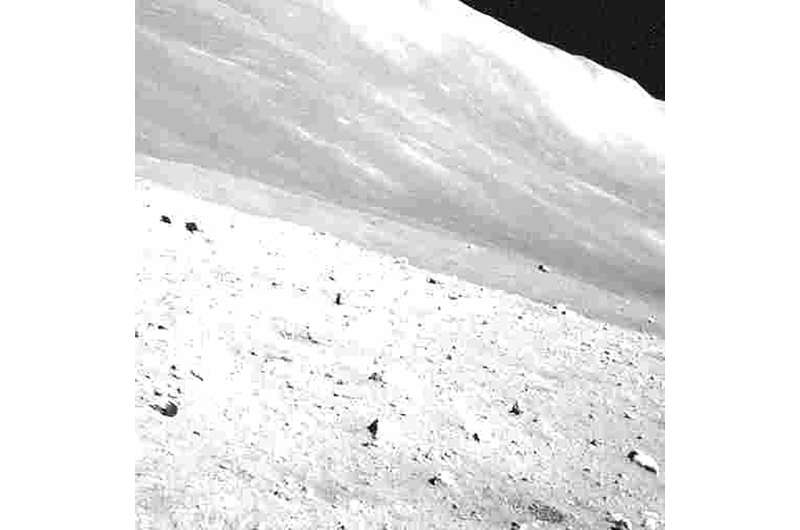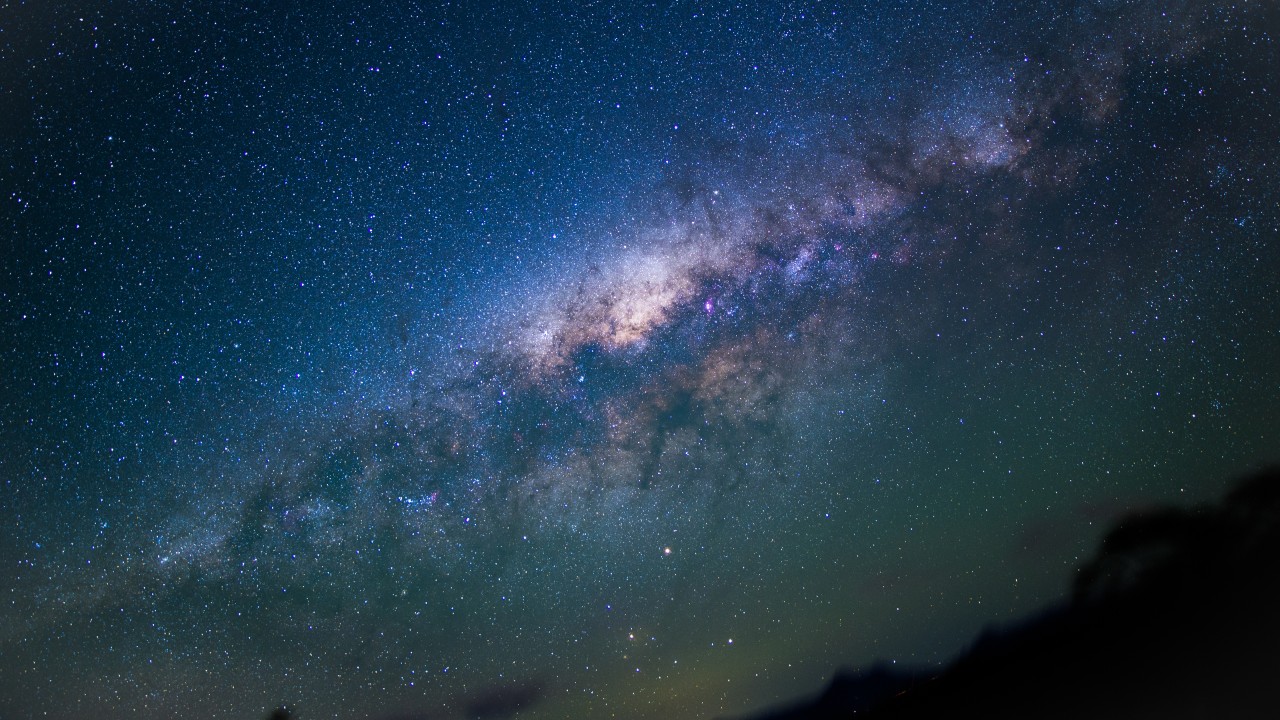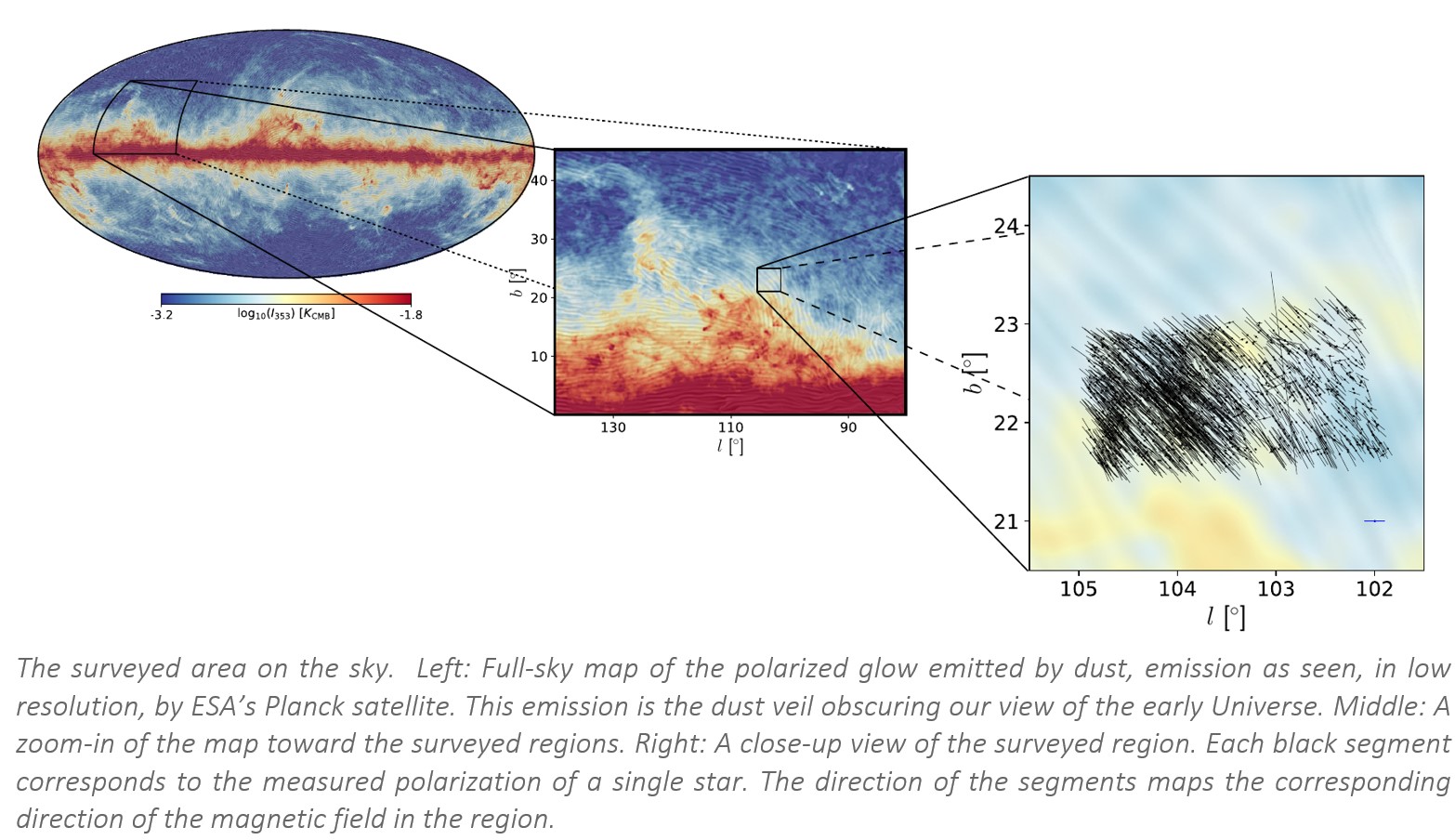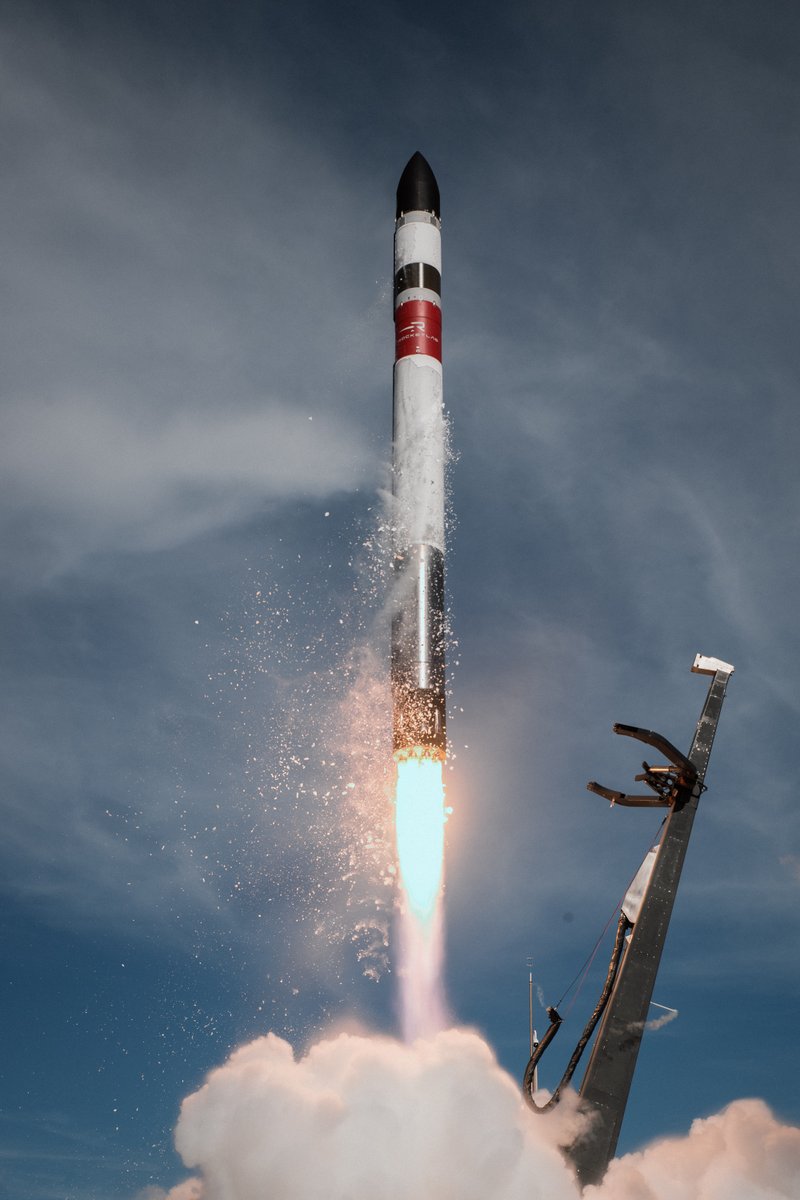When I heard about this I felt an amused twinge of envy. Over the last year I have been using an unimpressive 4G broadband service and at best get 20 Mbps, NASA’s Psyche mission has STILL been getting 23 Mbps at 225 million km away! It’s all thanks to the prototype optical transmission system employed on the probe. It means it can get up to 100 times more data transmission rate than usual radio.
Continue reading “Psyche is Still Sending Data Home at Broadband Speeds”Psyche is Still Sending Data Home at Broadband Speeds
